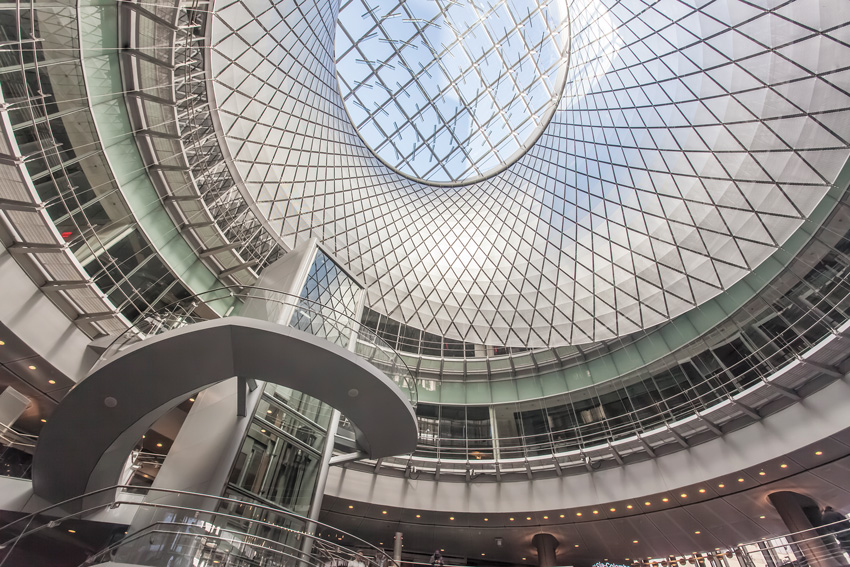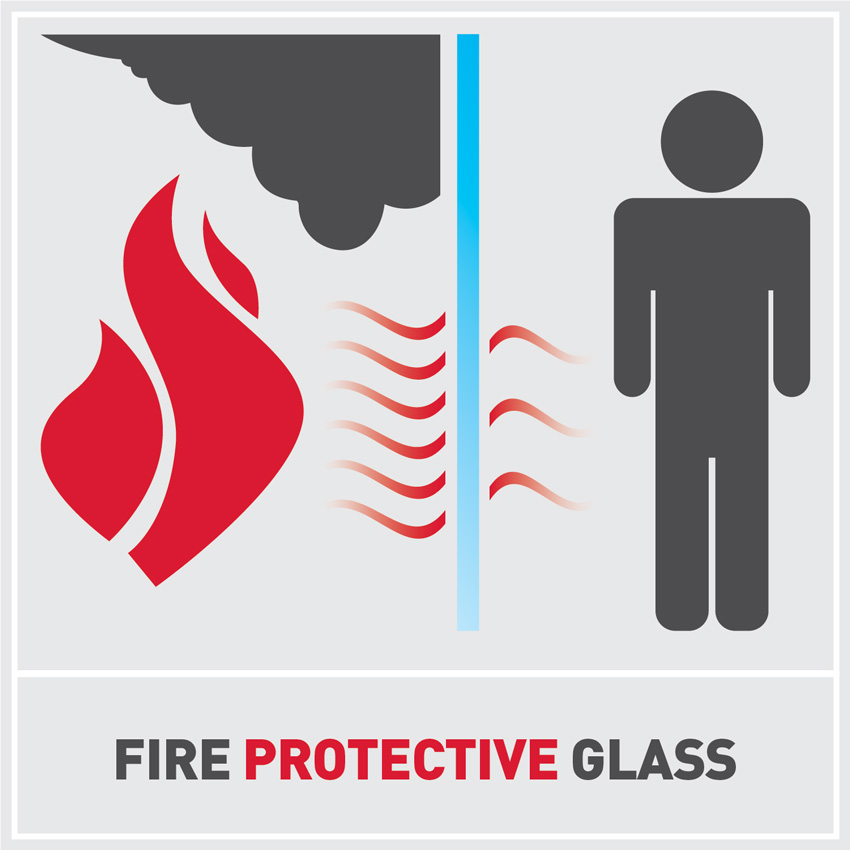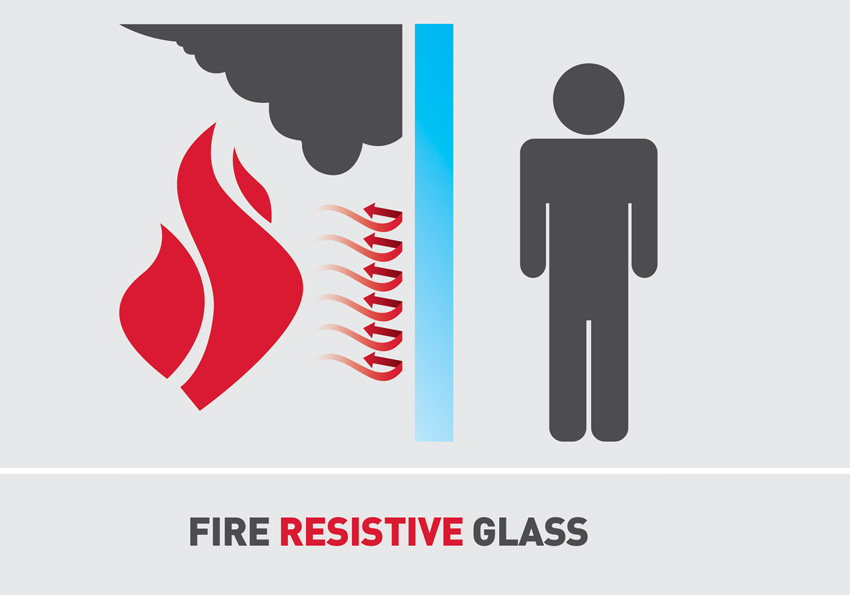The Future of Fire-Rated Glass and Framing
Learning Objectives:
- Explain the differences between fire-protective and fire-resistive glass and framing.
- Describe five main innovations in fire-resistive glass and framing, and how they are expanding design freedom in areas with stringent fire and life safety code requirements.
- Discuss performance, fire-rated building codes and how innovative, fire-resistive glazing products can help meet more stringent codes, particularly NFPA testing standards and 2015 IBC.
- Identify misconceptions and potential misuse of fire-resistive glazing products, and discuss solutions to ensure maximum benefits.
Credits:
This course is approved as a Structured Course
This course can be self-reported to the AANB, as per their CE Guidelines
Approved for structured learning
Approved for Core Learning
This course can be self-reported to the NLAA
Course may qualify for Learning Hours with NWTAA
Course eligible for OAA Learning Hours
This course is approved as a core course
This course can be self-reported for Learning Units to the Architectural Institute of British Columbia
From a purely aesthetic perspective, glass undeniably adds contemporary and sleek beauty to modern buildings—whether it’s a big city landscape of soaring high-rise towers or mixed-use spaces with generous windows bringing in natural light to its inhabitants. From offices and education facilities to medical centers and residential apartment complexes, glass has become the go-to choice for designers looking to create open, light-filled interiors and spectacular exteriors with high-design interest.

Photo courtesy of Technical Glass Products (TGP)
What is not as obvious to the casual observer, though, is the degree to which today’s sleeker and more sophisticated glazing assemblies can provide defense against fire. As new combinations of fire-rated glass and frames make their way to the market, design teams can navigate complex code and performance requirements and provide enhanced functionality alongside greater aesthetic appeal and versatility.
When specifying fire-rated glazing products, it is key to understand the differences between the terms fire protective and fire resistive (technically referred to as fire-protection rated and fire-resistance rated). “Fire protective” simply means the glazing defends against the spread of flames and smoke. “Fire resistive” glass provides the same defense against flames and smoke as fire-protective glazing, but it adds further protection by blocking the transfer of radiant and conductive heat.
This course will primarily focus on fire-resistive glass and framing, their performance, how they help meet stringent safety codes, and ways in which five of the latest innovations—narrow-profile fire-rated frames; versatile cover caps and finishes; structural silicone-glazed (SG) fire-rated curtain walls; butt-glazed fire-rated glass walls; and fire-rated glass floor systems—are changing the future of fire-rated glass and framing from both safety and aesthetic standpoints.
Understanding Fire-Rated Glazing Products: Fire Protective Versus Fire Resistive
The term “fire-rated glass” refers to the complete class of fire-rated glazing products available in the market. Within that wide category, designers can choose from both fire-protective and fire-resistive glazing products. Fire ratings for glass, which are noted on a product’s label, can range from 20 minutes to 3 hours, with the specified number corresponding to manufacturer testing (in accordance with national fire test standards).
How the National Fire Protection Association (NFPA) Testing Works
NFPA testing regulations specify a standard time-temperature curve. For the fire test itself, the standards must be carefully followed while a large furnace heats window frames or doors holding glass. In order to receive a particular rating, the assembly remains in the wall for the duration of the test; there can be no flaming on the exposed surface of the assembly or openings.
Additionally, glass must pass a mandatory hose stream test in which the glass and framing must remain intact. After heating the glass and framing components in a furnace, they are then sprayed with water from a fire hose. This evaluates such aspects as impact, erosion, and the cooling effects of water, as well as eliminating any inadequate materials or constructions that may fail under similar conditions. This test is a critical consideration since most modern buildings include fire sprinkler systems. It is, therefore, imperative to ensure the door or window assembly can withstand the stress and thermal shock levied by the hose stream. A failure of the hot glass would create unsafe conditions in that flames and smoke could spread throughout a building.
In the United States, the hose stream test is required for fire ratings in excess of 20 minutes (in Canada, all fire-rated glass products must pass the test). To earn a fire-resistive classification, glass and framing products must pass both tests, as well as meet temperature-rise criteria.
Fire protective: Fire-protective glazing means the glazing assembly defends against the spread of flames and smoke for its designated fire rating. Such materials include traditional wired glass, glass ceramics, and specially tempered glass. Fire-protective glazing typically is suitable where building codes allow “opening-protective” assemblies, including doors, sidelites, and windows. Such glazing is available with fire ratings ranging from 20 to 180 minutes, with varying impact safety ratings. Since it does not block the transfer of radiant and conductive heat, it is subject to area and size limitations under the applicable building code and/or authority having jurisdiction, specifically the International Building Code (IBC).
Fire resistive: Fire-resistive glazing provides the same defense against flames and smoke as fire-protective glazing, and adds further protection by blocking the transfer of radiant and conductive heat. It is tested to the stringent fire-resistance test standards for walls, including ASTM E119: Standard Test Methods for Fire Tests of Building Construction and Materials and Underwriters Laboratories (UL) 263: Fire-resistance Ratings. While numerous fire-rated building materials are capable of providing this extra safeguard, many are opaque, preventing people from viewing nearby hazards and restricting views within a building. Fire-resistive glazing can serve as a clear alternative.
The product is generally a multilaminate that incorporates several layers of glass with fire-resistive interlayers. The interlayers react during a fire to keep the temperature rise on the non-fire side of the glass below approximately 250 degrees Fahrenheit for the duration of its fire rating. This helps ensure people can safely pass through corridors, stairs, and other areas of egress during a fire. It also helps prevent rapid-fire buildup, which can be catastrophic in high-rise buildings, schools, and other facilities where large numbers of people may be present during a fire.
Given these performance benefits, fire-resistive glazing assemblies are typically suitable where building codes require an assembly designated “fire resistant” to enclose a space. Examples include wall applications requiring a 60-minute or greater fire rating that must meet temperature-rise criteria, such as stairwells, exit access corridors, or other fire barriers dividing interior construction. Due to its heat-blocking characteristics and classification as fire-resistive wall construction, it is not restricted to 25 percent of the wall area. This provides design teams with great flexibility when working to create light-filled and inviting spaces that meet strict fire and life safety criteria.
Where codes deem it necessary, fire-resistive glazing can also protect against the spread of fire between buildings. Its classification as nondirectional fire-resistive construction (meaning it can maintain the same fire rating from both sides) indicates that it can prevent a fire from traveling to or from neighboring buildings for its designated fire rating. Its transparent form allows it to do so without restricting visibility.
















